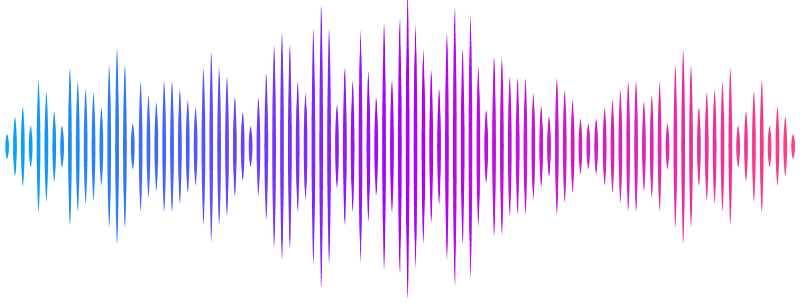The cosmic evolution of FRBs inferred from CHIME/FRB Catalog 1

The cosmic evolution of FRBs inferred from CHIME/FRB Catalog 1
Om Gupta, Paz Beniamini, Pawan Kumar, Steven L. Finkelstein
AbstractRedshift and luminosity distributions are essential for understanding the cosmic evolution of extragalactic objects and phenomena, such as galaxies, gamma-ray bursts, and fast radio bursts (FRBs). For FRBs, these distributions are primarily estimated using the fluence and the Dispersion Measure (DM). Calibrating their joint distribution has been challenging due to a lack of accurate fluences in the intensity data of the CHIME/FRB survey. Using the baseband update of CHIME/FRB Catalog 1, we calibrate the 2D fluence-DM distribution for the first time. We find the energy distribution is described well by a Schechter function with power-law slope of $-1.94^{+0.14}_{-0.12}$. Testing two types of redshift evolution models suggests a likely combination of young and old formation channels. $31^{+31}_{-21}$\% of FRB sources may track star formation, or correspondingly, FRB sources may have delay times of $1.94^{+1.54}_{-1.31}$ Gyr. A pure star formation tracking population is excluded by only one model at $> 2\sigma$ confidence. An updated cosmic star formation rate density evolution up to redshift 14 is constrained by compiling results from several JWST studies. Using this information, we expect next-generation radio telescopes to detect a few dozen bursts per year at $z \gtrsim 6$. A radio telescope with a system-equivalent flux density of $\leq 1$ Jy (equivalent to a detection threshold of 14 mJy ms) and instantaneous sky coverage of $\gtrsim 200$ square degrees should be able to detect $1.4^{+1.6}_{-1.0}\times 10^3$ FRBs year$^{-1}$ at $z \gtrsim 6$ and $234^{+250}_{-162}$ FRBs year$^{-1}$ at $z\gtrsim 8$, which is sufficient to differentiate between reionization histories.